Planetary scientists have discovered a massive
structure hidden beneath the surface of the moon.
The structure, located under the South Pole-Aitken Basin, weighs approximately 2.18 billion billion kilograms and extends more than 300 kilometers deep. The researchers believe the structure may contain metal from the asteroid that created the basin.
The South Pole-Aitken Basin is one of the largest preserved craters in the solar system, located on the far side of the moon.
The discovery of the structure was made using data from NASA’s Gravity Recovery and Interior Laboratory (GRAIL) mission, which measures subtle changes in the moon’s gravitational field. The detected mass is so significant that it weighs down the entire basin floor by almost a kilometer.
The team ran computer simulations to explain the anomaly. One possibility is that when the asteroid hit the moon about 4 billion years ago, it remained embedded in the mantle instead of sinking into the core. Another theory suggests that the concentration of dense oxides might have formed as the moon’s magma ocean cooled and settled.
The South Pole-Aitken Basin is of particular interest to various space agencies due to its unique properties. It provides a window into the moon’s interior composition and history and serves as a laboratory for studying the effects of catastrophic impacts on the surface of a rocky planet.
However, the South Pole is not the only part of the moon hiding massive structures beneath its surface. Recently, astronomers announced the discovery of a large heat-emitting mass under the Compton and Belkovich craters on the moon’s far side. These discoveries continue to reveal the moon’s complex geological history and its potential for future exploration.

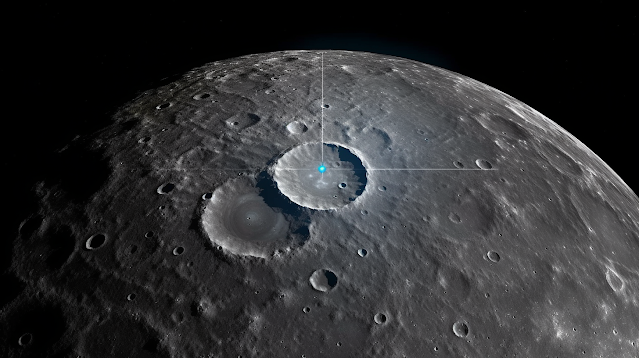

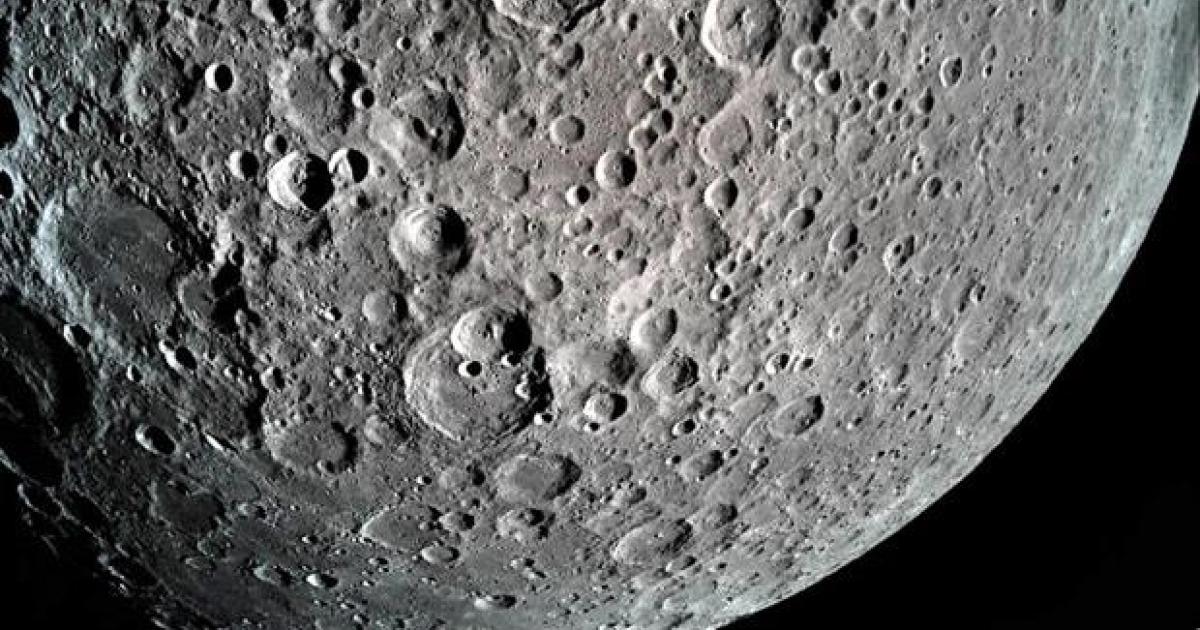
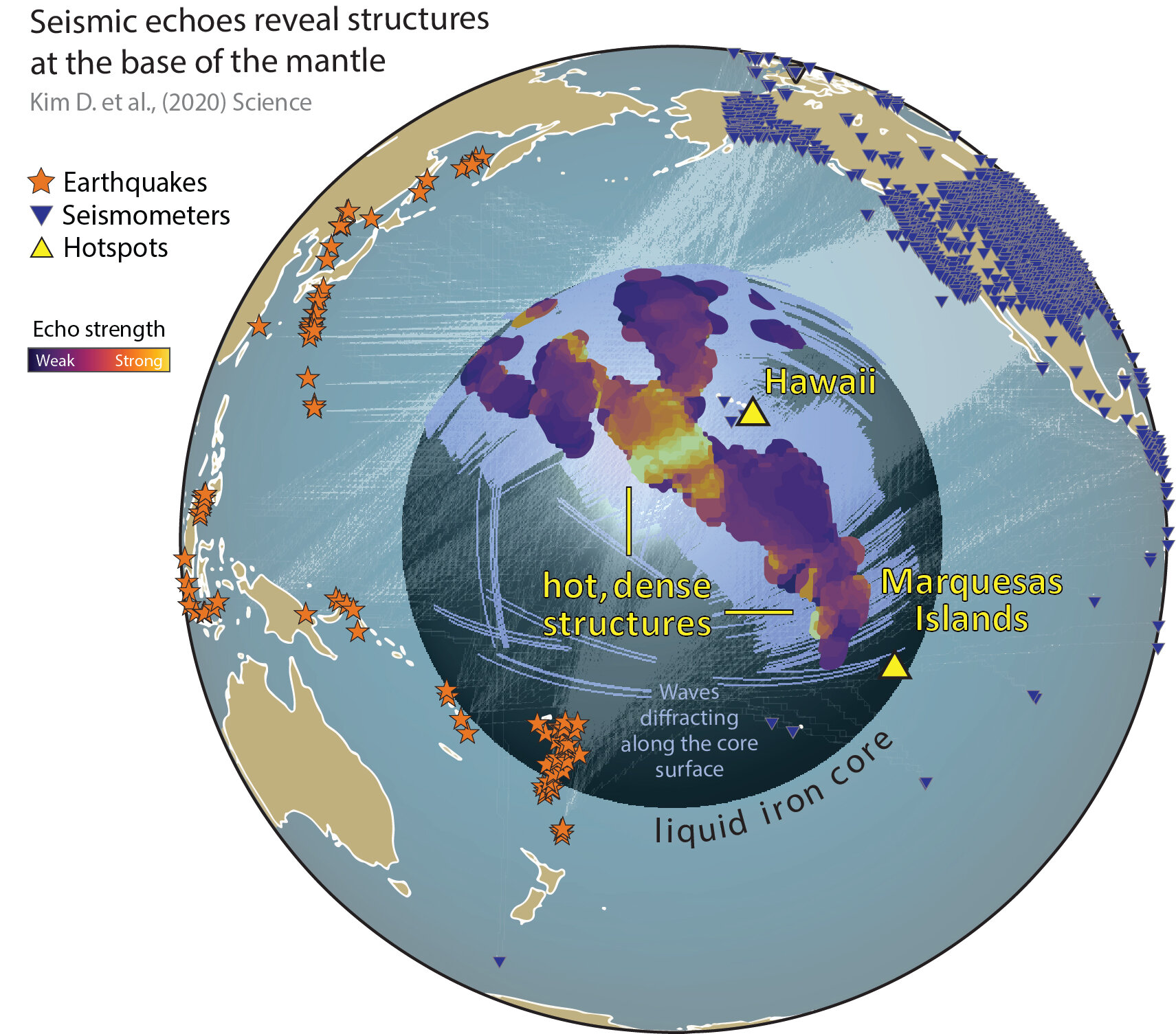
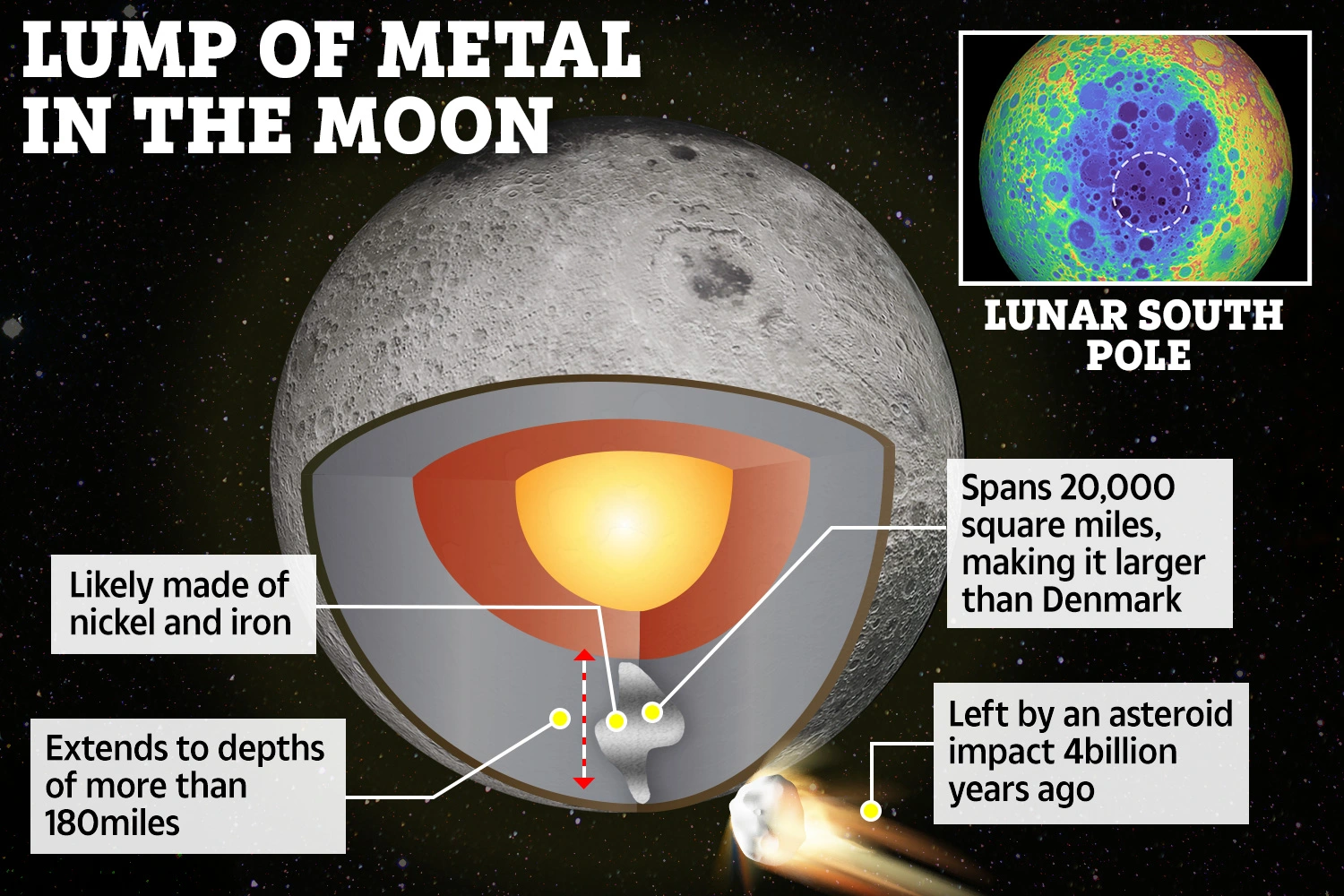
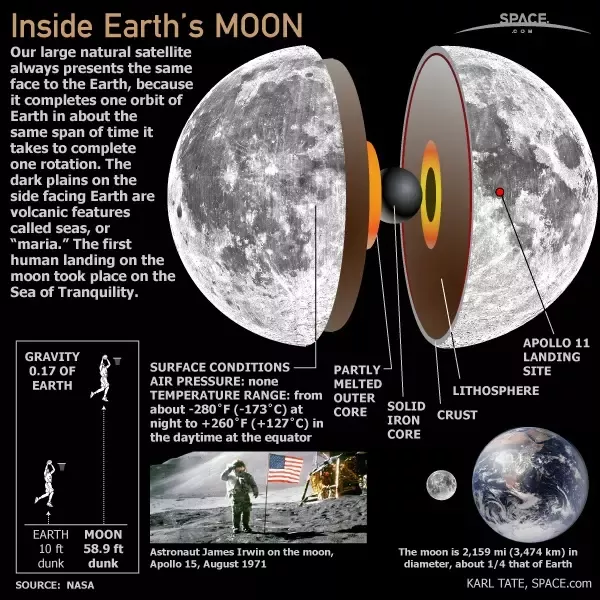
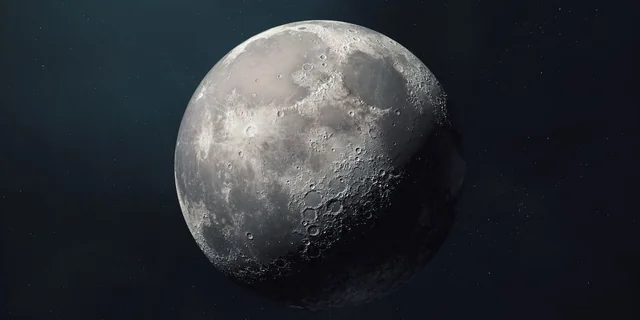



0 Comments